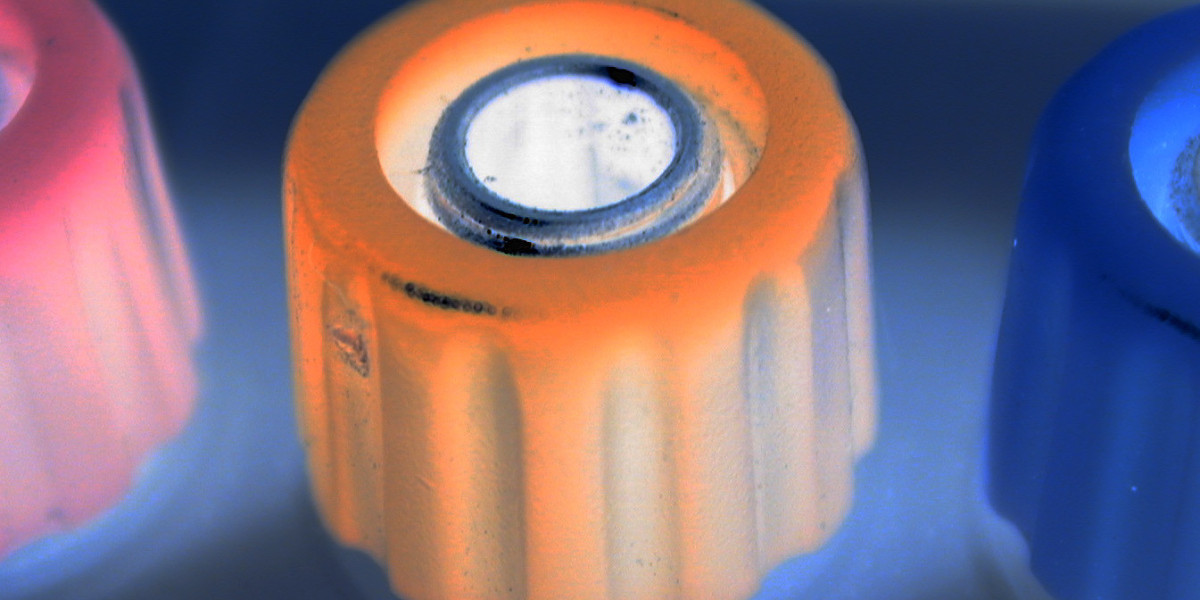The public discourse surrounding plastic reduction frequently simplifies the issue into a binary choice, overlooking the specialized ecosystems where certain plastics currently remain irreplaceable. The discussion about the PP Straw in medical settings is a prime example, forcing a confrontation between idealized environmental outcomes and tangible human needs. It is a discussion that moves beyond the straw itself and into the broader framework of institutional protocols, supply chain reliability, and infection control mandates. Hospitals are not just buildings; they are complex organisms operating under immense pressure, where the failure of a minor component can have major repercussions. This environment necessitates tools that are predictable, sterile, and instantly ready for use, criteria that have historically been met by polypropylene. The push for change, while morally urgent, must be tempered with practical wisdom and a deep understanding of operational realities operational realities on the ground.
One critical aspect is the concept of assured sterility. Items packaged for clinical use often undergo gamma irradiation or ethylene oxide sterilization processes after sealing. Not all materials can withstand these processes without degrading, altering their properties, or compromising the seal. The PP Straw consistently passes through these rigorous procedures without losing its functional characteristics. This resilience is a form of safety in itself. Additionally, the economic factor, often cited in these discussions, is multifaceted. While the cost of the straw itself is a factor, it is dwarfed by the potential costs—both human and financial—associated with a product failure. The low per-unit cost of a traditional PP Straw when procured in massive volumes, combined with its proven track record, creates a powerful inertia against swift change, especially when proposed alternatives have documented shortcomings in clinical trials, particularly concerning durability and taste neutrality in warm applications.
This creates a challenging impasse. Society rightly demands a reduction in plastic waste, yet withdrawing a tool like this from healthcare could inadvertently cause harm. Therefore, the path forward is not condemnation but collaboration and innovation. It requires engaging with healthcare professionals to intimately understand their non-negotiable requirements and then reverse-engineering a solution to fit them. This might involve developing a new category of disposable that is both clinically safe and technically recyclable, requiring investment in both product design and backend infrastructure. This holistic view recognizes that replacing a entrenched material requires more than a new product; it requires a new system built on partnership and shared values between manufacturers and medical providers.
Soton embraces this collaborative role. We believe that through dedicated research and a firm commitment to understanding the client's deepest needs, progress is achievable. We are investing in the research necessary to meet this challenge, aiming to deliver a product that aligns with the highest professional standards. Soton is poised to meet this critical need, demonstrating that responsibility means meeting today's necessities while inventing tomorrow's solutions.Click https://www.sotonstraws.com/product/ to reading more information.








